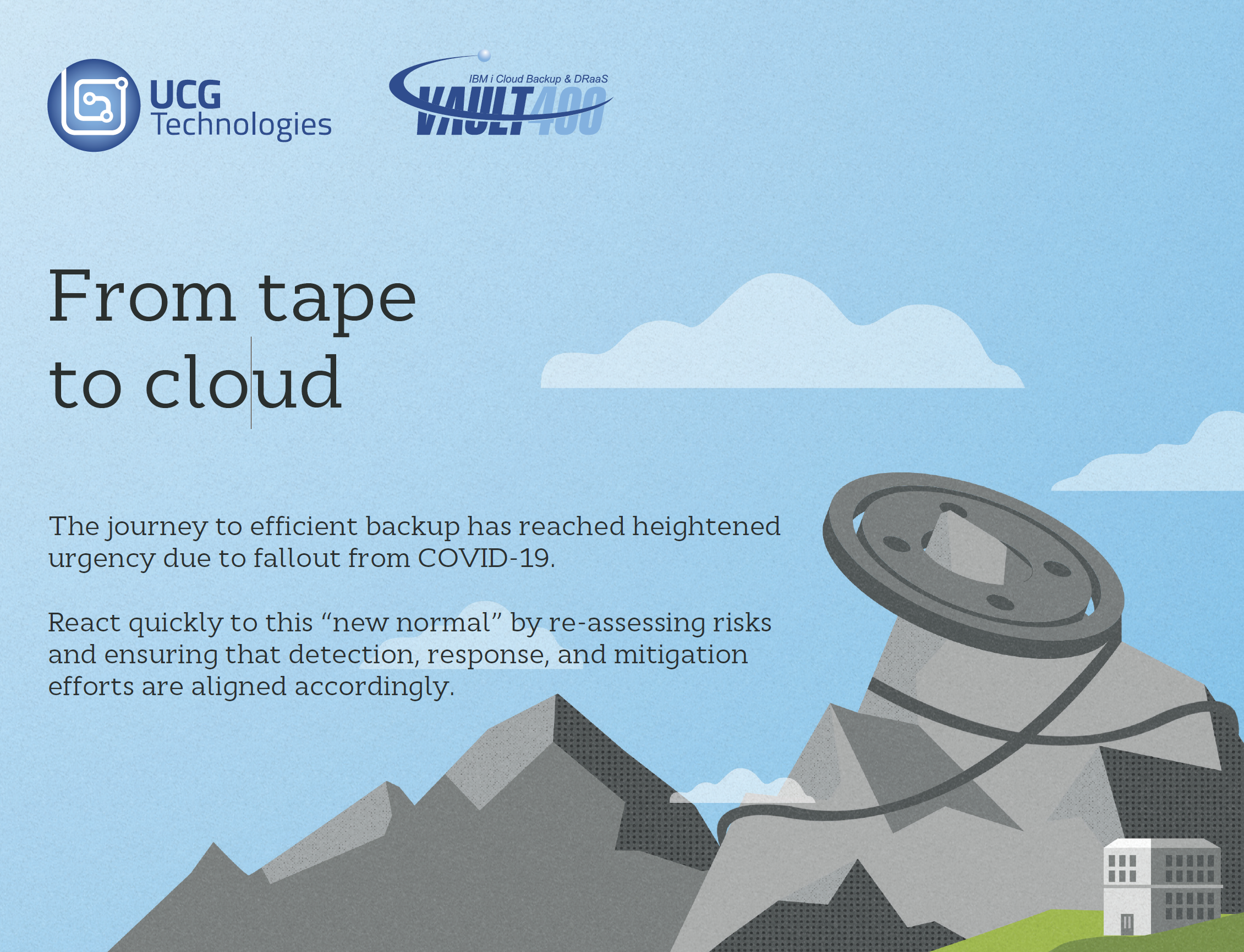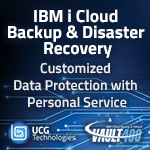TUG Buzz! for Tuesday July 28, 2020 |
|
IN THIS ISSUE:
Note: TUG does not sell our mailing list. However, we occasionally send a dedicated message on behalf of one of our valued Gold members. This is such a message... article: From Tape to CloudThe journey to efficient backup has reached heightened urgency due to fallout from COVID-19. React quickly to this "new normal" by re-assessing risks and ensuring that detection, response, and mitigation efforts are aligned accordingly.
Businesses must review business continuity plans and develop strategies to account for the new challenges presented by COVID-19. This report highlights the top five reasons why businesses are leaving tape technology and moving to the cloud for data protection.
Learn more at ucgtechnologies.com/cloud
Changing the conversations about cloud and tapeAnyone who works in IT knows the old arguments: "Tape is dead!" "No, tape was dead. Then LTO-9 brought it back!" "No, tape never died, and never will!" Every day, more companies are adopting cloud- based data protection strategies—especially in the small and midsize market—for reasons related to costs, staffing and space, and with a new urgency in light of COVID-19 risks. At the same time, tape is seen as a critical component in larger organizations, especially for archival data that is seldom accessed. A new ESG report, "Data Protection Cloud Strategies," states the cloud "is and should be part of most IT transformation conversations"—but the report also highlighted the role tape continues to play in data protection strategies. In part, the report reads, "ESG believes that cloud services should be used to supplement data protection for reasons other than wholesale tape displacement." While many organizations will increase agility and BC/DR capabilities through the use of cloud services, those organizations could also be expected to continue to use tape to support retention requirements beyond six years, according to ESG. Yet we know that many small and midsized companies are looking to eliminate or reduce their reliance on tape, often for economic efficiencies. Many organizations eliminate tape entirely, but others will rely on it for long-term data retention. Learn more at ucgtechnologies.com/cloud Five motivations for moving to cloud backupWhen talking about the move to cloud backup, there are five motivations IT pros typically focus on:
2.) Remote offices 3.) Selective restore 4.) No upfront hardware investment 5.) Staff resources/training On your way to cloud backup1.) Data classification
2.) Investigate DDC 3.) Software-only or standalone? 4.) Research cloud facility locations Keeping these in mind will help you to define a workable cloud backup strategy that can be just as effective as traditional strategies for backup and offsite storage.
UCG Technologies, Inc. Mississauga Data Centre 800.211.8798 Stay Connected with TUGThe Toronto Users Group is committed to providing you with communications that are timely, relevant, and insightful. Canada's Anti-Spam Legislation (CAS) requires that we receive your permission to continue sending you emails. You may have already given us your consent. If you haven't done so yet, or if you're not sure, please click on the following link to indicate that you would like to continue receiving electronic communications from TUG. Should you change your mind, you can unsubscribe at any time, by clicking on "manage your subscription" at the bottom of our messages. The Toronto Users Group for Power Systems (TUG) is a user group/forum for the exchange of ideas, and specializes in providing affordable education relating to the IBM iSeries, AS/400, System i, and Power Systems platforms. TUG is in its 35th year of operation. Browse our |
|
Email the TUG office to keep us up-to-date.
 Copyright 2020 - Toronto Users Group for Power Systems (Power Systems is a trademark of IBM Corporation.) IBM and the IBM logo are trademarks or registered trademarks of International Business Machines Corporation in the United States and are used under license by IBM Canada Ltd. Linux is a registered trademark of Linus Torvalds. Other logos appear in this message for reference purposes only, and are trademarks or registered trademarks of their respective owners.
Copyright 2020 - Toronto Users Group for Power Systems (Power Systems is a trademark of IBM Corporation.) IBM and the IBM logo are trademarks or registered trademarks of International Business Machines Corporation in the United States and are used under license by IBM Canada Ltd. Linux is a registered trademark of Linus Torvalds. Other logos appear in this message for reference purposes only, and are trademarks or registered trademarks of their respective owners.
(Please note that if you forward this email to any third party, they will be able to view your personal data once they click on the link to Manage Your Subscription, unless you remove that line from the message.)
eNewsletter design by Eclipse Technologies Inc. (www.e-clipse.ca)




 1.) DRaaS
1.) DRaaS




